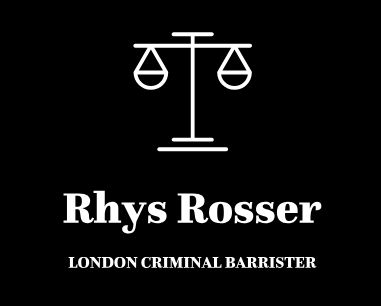Applying for Parole
An explanation for when people can apply for parole, the steps involved and the advise that can be provided
An Application for Parole. Explained.
A prisoner will ordinarily be released once the custodial element of their sentence has expired. The default position is that this will be half-way through a sentence. However, in recent years the legislation has moved in favour of the release point being two-thirds. This is for specified violent and sexual offences in excess of 4 years.
However, where certain sentences, such as life sentences, are imposed – the decision to release a prisoner is referred to the parole board. Historically, the Criminal Justice Act 2003 (CJA 2003) provided for sentences of imprisonment for public protection (IPPs) and detention for public protection as well as extended sentences for certain violent and sexual offences (EPPs). These were abolished by the Legal Aid, Sentencing and Punishment of Offenders Act 2012 (LASPO 2012).
IPP sentences are regularly discussed in the media because of the lack of direction in terms of release for prisoners. A parole board will also be involved where an offender has breached their conditions of licence and is ‘recalled’. A recall can either be for a fixed term, such as 28 days, or until the expiry of the licence period (the non-custodial element). After recall, prisoners can apply for release on parole.
Instead of IPP sentences, this area is now governed by extended determinate sentences where Defendants are found to meet the dangerousness provisions. The significant risk test is the same test as was previously applied for the purposes of imposing an IPP or EPP.
Section 308 sets out the test that would historically be applied for dangerousness, the test is whether a defendant presents a significant risk to members of the public of serious harm. In reaching a decision, a Court:
- must take into account all such information as is available to it about the nature and circumstances of the offence
- may take into account all available information about the nature and circumstances of any other offence(s) of which the offender has been convicted by a court anywhere in the world
- may take into account any information about any pattern of behaviour of which the offence is part, and
- may take into account any information about the offender
'Significant risk' is not defined and should be determined on a case-by-case basis. However, in R v Lang, the Court of Appeal held that 'significant' means 'noteworthy, of considerable amount or importance'.
Charles Bronson had received a discretionary life sentence, the Court having found that he was dangerous and that the public could only be protected by the imposition of a life sentence. This means that a prisoner is not released until the parole board are satisfied that any risk can be safely managed in the community. The test for release is that: 'The Parole Board must not give a direction for release unless the Board is satisfied that it is no longer necessary for the protection of the public that the person should be confined'. This is known as the Public Protection test.
The first step is to complete an application for parole, this will normally be done 6 months prior to the expiry of the custodial element of any sentence. The Public Protection Casework Section (“PPCS”) will then begin to prepare a bundle of information, this forms a dossier. The process will be managed by the Offender Management Unit whilst in custody.
It is vitally important to build a good relationship with the allocated OMU officer, parole boards will place great weight on the report that will be prepared by the OMU. It is also very important to ensure that any OASYS (the internal prison system) is up to date and favourable. This can include obtaining any positive behaviour references and up to date information regarding work and behaviour on the wing.
The PPCS will provide a copy of the dossier to the applicant and any legal representative. It is then possible to prepare a response, this will focus on the following:
- Representations which set out the Applicant’s position;
- Character references;
- Proposals for release conditions such as accommodation.
This may also include a consideration of whether to initially reside at Approved Premises. If the Applicant has previously been released, it can be helpful to approach the OMS (Offender Manager Supervisor) if there was a good relationship whilst previously on licence.
The next stage is for a Member Case Assessment to be carried out. This means that the case can be decided on the papers rather than there being a full evidential hearing. This can, in some circumstances, be advantageous because it means that cases are dealt with swiftly. There are three possible outcomes:
- Release is ordered;
- Release is refused;
- An oral hearing is directed.
If release is refused, it is possible to request an oral hearing within 28 days, this is automatic as of right.
The oral hearing will then be listed, unless release has been ordered at the MCA stage. The oral hearing will likely include the OMU and OMS giving evidence as to their views on release, the board will often follow their direction in terms of a release decision. It is then optional whether the applicant gives evidence, it is important to be carefully prepared for this stage.
The decision must then be communicated within 14 days of the hearing.
